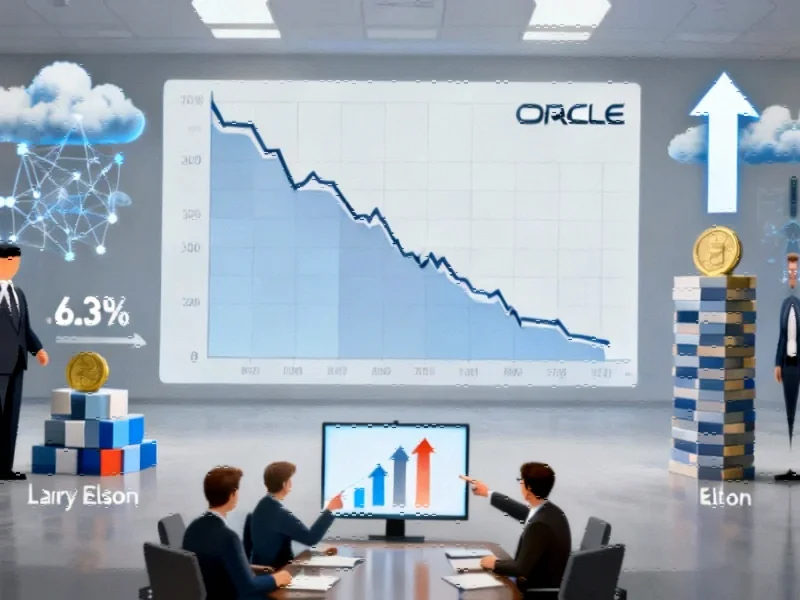Profitability Under Pressure: Tesla’s Third Quarter Financials
In the competitive landscape of electric vehicle manufacturing, Tesla’s latest quarterly report reveals a challenging paradox: growing revenue doesn’t always translate to growing profits. The company reported a 12% year-over-year revenue increase, marking its first positive revenue growth in three quarters. However, this achievement was significantly undermined by a 37% plunge in net income compared to the same period last year.
Table of Contents
The financial results highlight a critical business reality that even industry leaders must confront. When operational costs outpace revenue growth, even successful companies face profitability challenges. Tesla’s experience serves as a case study in how external market pressures and internal investment decisions can dramatically impact bottom-line performance., as comprehensive coverage
The Dual Challenge: Competitive Pricing and Strategic Investments
According to Tesla’s official statements, two primary factors contributed to the profit squeeze. The company has been implementing lower vehicle prices in what appears to be a strategic response to intensifying competition from Chinese manufacturers who are rapidly gaining market share. This pricing strategy, while potentially necessary for maintaining competitive positioning, directly impacts profit margins.
Simultaneously, Tesla reported a substantial 50% increase in operating expenses, partially attributed to significant investments in artificial intelligence development and various research and development projects. These investments represent the company’s bet on future technologies and capabilities, though they come at a considerable cost to current profitability.
Market Reaction and Broader Implications
Investors responded negatively to the earnings report, with Tesla shares declining 3.8% in after-hours trading. This reaction reflects market concerns about whether Tesla can balance its ambitious growth and innovation strategies with sustainable profitability.
The disappointing performance followed similar earnings letdowns from other major technology companies. Netflix and Texas Instruments both reported underwhelming results earlier in the week, causing their stocks to decline 10% and 5.6% respectively during regular trading. These consecutive disappointments contributed to broader market declines, with all three major U.S. indexes falling before partially recovering by the session’s close.
Looking Ahead: Tech Earnings and Market Direction
With just six trading days remaining in October, attention now turns to upcoming earnings reports from technology giants including Alphabet, Apple, Meta, and Microsoft. These results could potentially reverse the current negative trend or confirm broader challenges within the technology sector.
The situation raises important questions about the sustainability of growth strategies that prioritize market positioning and future capabilities over immediate profitability. As Tesla and other technology companies navigate these complex trade-offs, investors and industry observers will be watching closely to see how these balancing acts evolve in the coming quarters.
The broader implication for manufacturing and technology sectors is clear: In an increasingly competitive global market, companies must carefully manage the relationship between revenue growth, cost control, and strategic investments. Tesla’s current challenge demonstrates how even industry pioneers must continuously adapt their financial strategies to maintain both innovation leadership and financial health.
Related Articles You May Find Interesting
- Reddit’s Legal Battle Against Perplexity Exposes AI Industry’s Content Scraping
- Manufacturing Sector Bears Brunt of Global Ransomware Surge, New Data Reveals
- The Great AI Divergence: How China and America Are Forging Separate Technologica
- Tesla’s Strategic Pivot: How Industrial Computing Powers Musk’s AI Ambitions Ami
- Why Europe’s Corporate Sector Must Embrace Geopolitical Strategy in Critical Sup
This article aggregates information from publicly available sources. All trademarks and copyrights belong to their respective owners.
Note: Featured image is for illustrative purposes only and does not represent any specific product, service, or entity mentioned in this article.



